If you want the lowest cost roofing material, asphalt shingles are usually your best choice. Dimensional asphalt shingles are very durable, affordable and match well with most residential structures. Affordable concrete shingles or corrugated metal roofing can also be great options for a budget roof. As for quality, the two types of frame are almost the same, since the materials are almost identical.
As a rule, if the project is large (such as the main frame of a house or a significant addition), then trusses are used and they are more profitable. For smaller projects or frames that want to take advantage of vaulted space, beams may be the best option. Attic ceilings cost more than typical roofs due to the ornaments and details they contain. However, the extra space and character can more than offset the additional cost of initial construction.
The Gambrel only uses two roof beams, along with reinforcement joints. Since the construction is quite simple and fewer materials are needed, this helps to keep the cost of a low roof. Mansard roofs should also be built well, waterproofed on the ridges and maintained on a regular basis. It's a good idea to inspect a Gambrel roof every year for damage from storms, heavy rain, or snow.
Flat roofs are easier to build than pitched roofs and require fewer building materials, keeping costs down. A butterfly is a V-shaped roof built with two tandem pieces that slope upwards on the outside. The middle section is inclined downwards, where the two pieces meet in a valley. The general effect is that of the wings of a butterfly in flight.
Butterfly roof is popular for modern, eco-friendly and tropical house designs. Once you've narrowed down your options, consider your needs. Do you need extra space or do you prefer to build an eco-friendly house? Finally, decide on the style. Keep these important factors in mind and you will have the roof and house of your dreams.
So, I guess my main question is are there pros and cons of roofing materials based on roof pitch? Again, from a practical and engineering perspective, your way of thinking makes sense. Ultimately, the architect and the builder must be able to offer their views on the feasibility, practicality and resale of this new residential building. Resale and convenience may or may not be an important point to consider here, as you may or may not have plans to sell this property in the future. Two inches of insulation would probably be an exaggeration, as half an inch would with PVC, considering that what is really needed here is a roofing system that reflects sunlight.
Good descriptions, but for those of us who barely know the language of building the house, a few photos or drawings here and there would be perfect. Yes, every time you add architectural elements to a roof, be it peaks, hips, towers, dormers and valleys, the framing costs of roof construction will increase. Roof covering costs will also increase, depending on the shape of the roof and the overall difficulty (how cut the roof is), accessibility to roof peaks, side walls, chimneys, skylights and other roof flashing requirements. The larger and more complex the shape of the roof, the higher the overall costs of materials and labor.
That said, designing a roof that is appropriate to your home's style, location, and neighborhood is ultimately the key to a beautiful home that maintains its value in a given area. Therefore, all construction costs should be seen through the lens of the whole house and how well a given roof style will work for the type of house, climate and residential area in which it is located. Thank you for the description of all the different types of roofs. I have a flat roof in my house.
I agree that they can increase the outdoor living space with a flat roof cover. I hope it's one I can consider for my next home. The most profitable is usually a simple hipped roof. The surface area is the same, but you do not need the gable walls.
Which of these 3 kitchen design options do you like best? The simple L-shaped front house and gable wing he published is part of the national popular style, popular in the United States from 1850 to 1890, when railroads were built. It seems that you are willing to spend money on a roof slope of 8 by 12, but not on the roof configuration. It is difficult to advise you on cost savings with inconsistent design parameters. But we can safely say that there are better places to save money.
Create a solid and attractive building envelope and save on things that can be added or improved later. In my opinion, without seeing the elevations that have been shown to you with the house you are designing, this is impossible to answer. I agree with the dog and I also have no idea why no roof can't have drainage. I have an MCM ranch from the 50s, it has a sloped roof, it fits perfectly into the house.
It seems to me that most new homes designed with gables have more gables than ever needed, so if you have a real architect, get some elevation drawings and share them here. In my opinion, a hipped roof would by no means be suitable for a colonial cod or cape. Asphalt shingles, the most common and affordable roofing material used in the United States, are still an option of choice as they are cost-effective and easy to install and manage. In addition, asphalt shingles can be reinforced with fiberglass or organic materials without altering their appearance.
Asphalt shingles will last between 15 and 30 years. They are by far the most popular roofing material for their cost-effectiveness. This roofing material should last between 30 and 50 years. Wooden shingles are usually made of fire-resistant woods, such as cedar or redwood.
When it comes to energy efficiency, wood is a natural insulator, wood shingles are naturally twice as efficient as asphalt shingles. And because they are 100% natural, asphalt shingles are one of the most sustainable roofing materials on the market. Metal roofing materials will last 30-50 years. Made of steel, copper, zinc alloy or aluminum, metal roofs are slightly more expensive than their asphalt and wooden counterparts.
That said, they are significantly more durable. Most metal roofs are not only created from recycled materials, but they are also 100% recyclable. A slate roof can last between 75 and 150 years. One of the oldest roofing materials, slate is also one of the most expensive.
Slate is one of the most expensive materials because it will last almost a century, and if the roof is well built, more than 150 years. Because of this, slate is an incredibly sustainable roofing material. Roofing waste (specifically asphalt shingle waste) accounts for 3% of all waste in the verted. This is because homeowners have to replace most roofing materials every 30-50 years.
A roof that could last three times longer than its competition is much better for the environment. Slate roofing systems are considered to be one of the most luxurious or high-end roofing options, and for good reason. Curved roofs can work in almost any environment or climate and are usually made of metal due to their flexibility. They come in sheets that are layered over a roof to give the illusion of more expensive individual shingles, such as cedar and slate, which are installed one shingle at a time.
Pyramidal roofs are popular in areas prone to hurricanes or storms, as they are extremely resistant to wind. However, unlike a mansard roof, mansard roofs only have two sloping sides instead of four, resulting in a roof that is somewhat triangular rather than square or rectangular. If a contractor is scheduled to inspect your roof, ask them to take pictures or videos to share with you. Recently, the roof you designed would not allow a gutter in the front elevation of the house, which will lead to water and foundation problems.
Finally, a Dutch gable roof or gable roof is a mix of a gable roof and a gable roof that involves adding a gable to a hipped roof to add interest to the architecture of the house and provide a little extra space in the attic under the roof. An antique roof style, flat roofs are often used in arid climates to allow roof space to be used easily. Raised from barn roof styles, a shed roof has only one inclined plane and is often not attached to another roof surface, keeping the look simple but effective. As with plumbing, your leaky roof won't be covered by your homeowners insurance if it happened because you didn't maintain your home.
While house roof types vary by climate, architectural style, and personal preference, it is good to understand the types of roof shapes and house roof styles that are common in your area and for your specific type of home. This definitive guide to roof architecture and styles will help you understand and identify the best roof shape for your home, shed, garage or place of business. . .

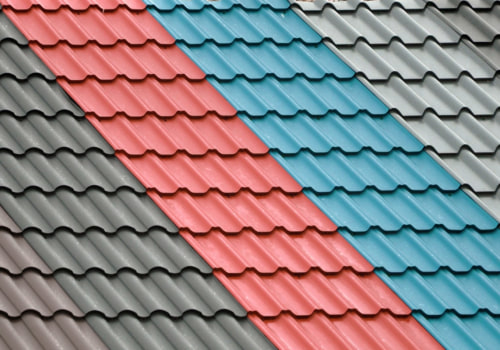
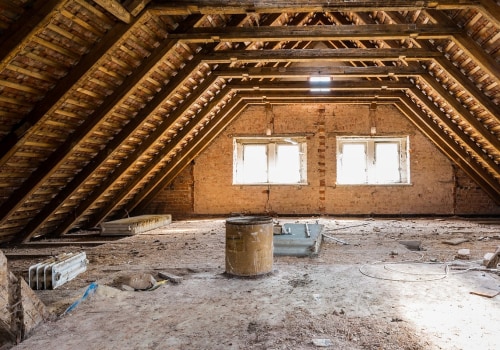
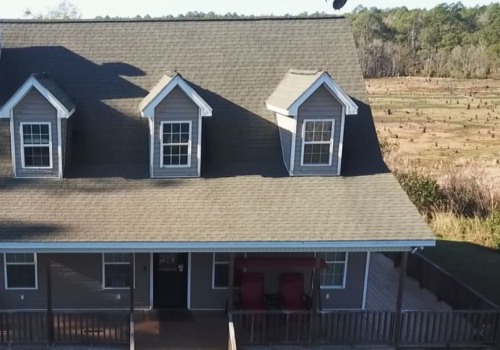

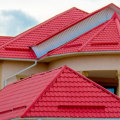
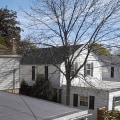
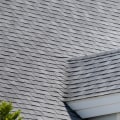
Leave Reply